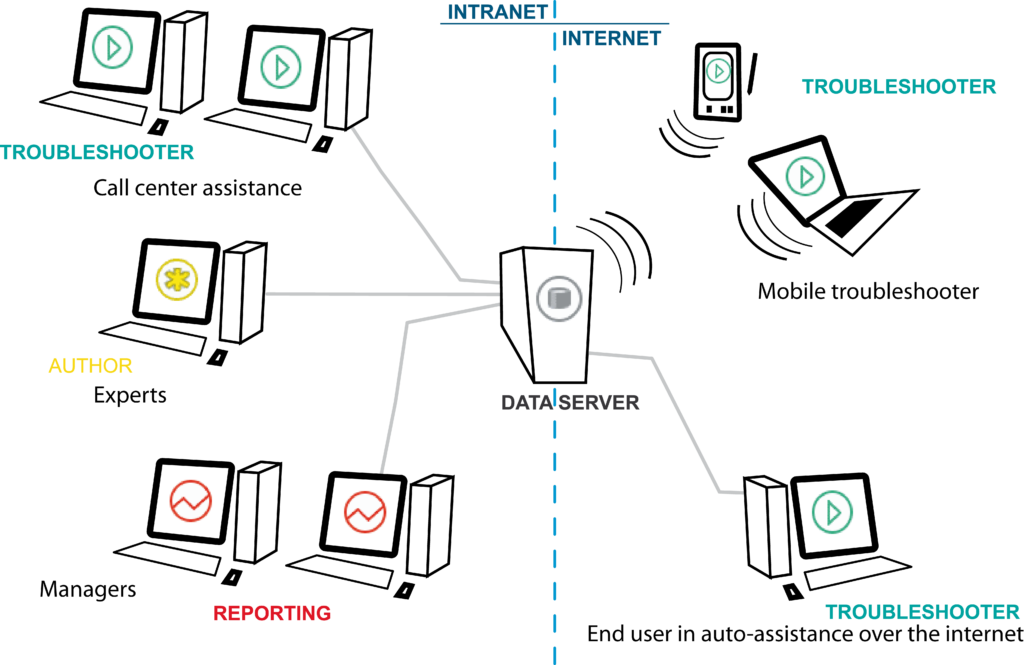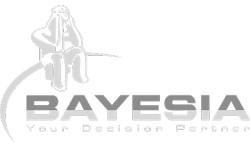Problem Statement
The manager of the service department of Telport, a company that manufactures and distributes mobile phones, is worried about the steadily growing number of service calls and the increasing difficulty of diagnosing the causes of the reported malfunctions. To handle the service calls, Telport’s call center operators have to rely on troubleshooting procedures that are often outdated and not flexible enough given the variety of situations they encounter. Furthermore, all troubleshooting documentation is dispersed across hardcopy manuals, numerous Excel spreadsheets and knowledge base containing the details of thousands of prior service calls. This makes it extremely difficult to retrieve the existing knowledge and apply it to new situations.
As a result, Telport’s service department requires an ever-increasing amount of resources to deal with the diagnostic workload. Finding a new and comprehensive diagnostic support solution becomes imperative. So, Telport’s service department manager decides to deploy the BEST software suite.
Solution
System Modeling
As a first step, the service department manager, on his own or with the support of colleagues, uses the BEST Author module to describe all available phone models. He defines phone components, their failure modes, plus corresponding symptoms along with corrective measures. BEST allows him to accurately encode his knowledge of Telport phone defects. This produces a comprehensive diagnostic model that can be placed on a central data server.

Diagnostic Process
Once the diagnostic model is available via the data server, it can be utilized via the BEST Troubleshooter module. Call center operators use the web interface while technicians run the desktop version of the BEST Troubleshooter on their laptops. For phones sent to the service department, error codes can be retrieved automatically and utilized by the BEST Troubleshooter so that the diagnostic process is optimally targeted.
After the initial error code readout, the BEST Troubleshooter asks a series of questions and describes the associated testing steps. After a few iterations, the BEST Troubleshooter provides a diagnosis. However, the advantage of the BEST Troubleshooter is that it yields a diagnosis while taking into account the failure probabilities and the effort (i.e. time and cost) of each testing step. As such, it “intelligently” minimizes the resources needed for each diagnosis session.
Analysis, Reporting, and Learning
The BEST Reporting module provides an in-depth analysis of troubleshooting activities and their performance. By deploying the BEST suite, Telport’ service department has been able to reduce their processing time of service requests. As a result, the cost per case has dropped significantly.
Not only does Telport’s service department now spend less time handling each case, the interactive guidance provide by the BEST Troubleshooting module allows less experienced service representatives to deal with more complex situations.
Perhaps most importantly, BEST’s expertise is not static. Rather, BEST can improve its diagnostic models by machine learning from real-world in-service experience. Every single case that is handled through BEST makes its diagnostic performance better.
Taking it to the next level of automation, Telport’s phone can self-diagnose by automatically uploading error codes to BEST. Thus, Telport can proactively offer a technical solution even before the end-user communicates the issue to the service department.
